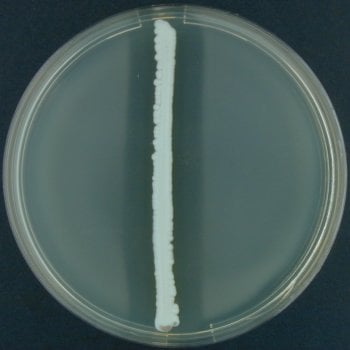

The biochemical pathway for the production of prodigiosin by S. marcescens has been characterized by analyzing what intermediates become accumulated in specific mutants. Due to this, and because S. marcescens produces a reddish-orange tripyrrole dye called prodigiosin, it may cause staining of the teeth. S. marcescens may also be found in environments such as dirt and the subgingival biofilm of teeth. Rinsing and drying surfaces after use can also prevent the establishment of the bacterium by removing its food source and making the environment less hospitable. Once established, complete eradication of the organism is often difficult, but can be accomplished by application of a bleach-based disinfectant. It is commonly found in the respiratory and urinary tracts of hospitalized adults and in the gastrointestinal systems of children.ĭue to its abundant presence in the environment, and its preference for damp conditions, S. marcescens is commonly found growing in bathrooms (especially on tile grout, shower corners, toilet water lines, and basins), where it manifests as a pink, pink-orange, or orange discoloration and slimy film feeding off phosphorus-containing materials or fatty substances such as soap and shampoo residue. marcescens is commonly involved in hospital-acquired infections (HAIs), also called nosocomial infections, particularly catheter-associated bacteremia, urinary tract infections, and wound infections, and is responsible for 1.4% of HAI cases in the United States. It was discovered in 1819 by Bartolomeo Bizio in Padua, Italy. It is a facultative anaerobe and an opportunistic pathogen in humans. Serratia marcescens ( / s ə ˈ r eɪ ʃ i ə m ɑːr ˈ s ɛ s ɪ n z/) is a species of rod-shaped, Gram-negative bacteria in the family Yersiniaceae.


 0 kommentar(er)
0 kommentar(er)
